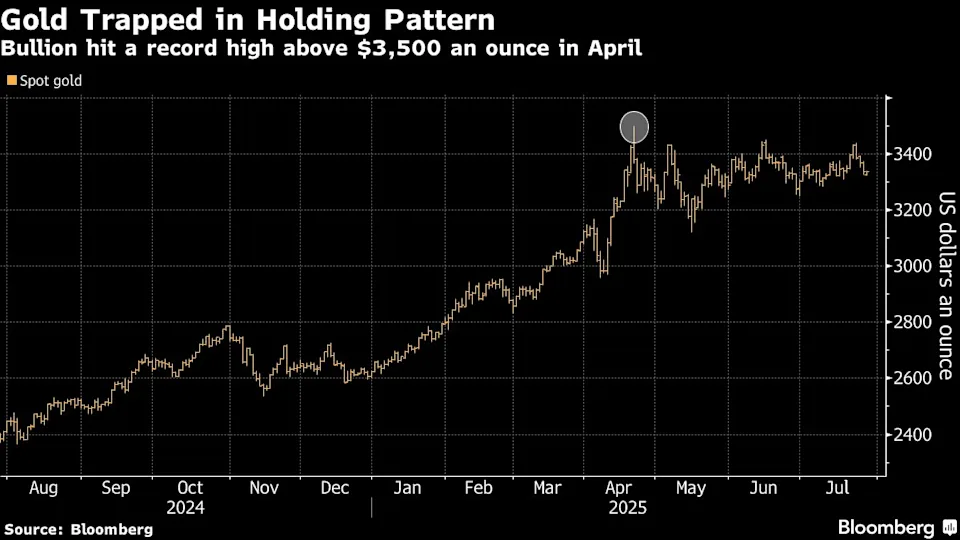According to Federal Deposit Insurance Corporation (FDIC) data, there were 14,417 federally-insured banking institutions in the U.S. in 1985. As of December 31, 2023, the FDIC reports there are only 4,587 remaining. The vast majority of the 9,830 banks that have disappeared since 1985 did not fail – they were merged with other banks.
Today, just four banks control $9.3 trillion in consolidated bank assets or 39 percent of all bank assets. Those four banks are JPMorgan Chase with $3.395 trillion in consolidated assets; Bank of America with $2.540 trillion; Wells Fargo with $1.7 trillion; and Citigroup’s Citibank with $1.685 trillion. (All asset figures are as of December 31, 2023 and come from the Federal Reserve’s statistical release of the largest banks.)
The political clout of these mega banks is such that one of them, JPMorgan Chase, has been allowed to commit a string of felonies and audacious crimes since 2011; get deferred-prosecution agreements and non-prosecution agreements from the Justice Department; assist the notorious sex-trafficker Jeffrey Epstein for a decade with the hard cash needed to keep himself and his pals supplied with underage girls; and still keep the same Chairman and CEO, Jamie Dimon, at the helm of the bank.
And what is Dimon up to these days, he’s leading the charge by the mega banks to stop the banks’ federal regulators from imposing higher capital standards on the largest banks with the largest trading and derivative operations to prevent a replay of their crashing the U.S. economy in 2008.
How did the American people allow their banking system to become so corrupted by powerful interests? You can thank former President Bill Clinton and the Wall Street sycophants that packed his administration.
The Glass-Steagall Act had kept the U.S. banking system safe for 66 years until it was repealed by President Bill Clinton in 1999, allowing the dangerous activities of Wall Street’s trading firms to merge with federally-insured, deposit-taking banks. This was the backdrop for the Wall Street collapse in 2008, which cost millions of Americans their jobs and put millions of families into foreclosure on their homes.
Then there was the Riegle-Neal Interstate Banking and Branching Efficiency Act of 1994, which Bill Clinton signed into law less than two years after taking office. The Riegle-Neal legislation allowed bank holding companies to acquire banks anywhere in the nation and invalidated the laws of 36 states which had allowed interstate banking only on a reciprocal or regional basis.
Law Professor Art Wilmarth writes as follows in the seminal work on U.S. banking history, Taming the Megabanks: Why We Need a New Glass-Steagall Act:
“The Riegle-Neal Act accelerated the wave of consolidation that was already sweeping through the banking industry. Bank regulators and the Department of Justice encouraged that consolidation trend by applying very lenient antitrust review standards to bank mergers. Seventy-four megamergers—in which the acquiring and acquired banks each held more than $10 billion of assets—occurred between 1990 and 2005. During the same period, the ten largest U.S. banks increased their share of U.S. banking assets from 25% to 55%. The three largest U.S. banking organizations in 2007—Citigroup, BofA, and JPMC—each owned more than $1.5 trillion of assets at the end of 2007. Wachovia, the fourth-largest bank, had almost $800 billion of assets at the end of 2007. As the largest banks exploded in size, they also acquired unprecedented political clout.”
But the Clinton administration was not finished deforming the U.S. banking system. The Commodity Futures Modernization Act of 2000 was also signed into law by Bill Clinton. It allowed trillions of dollars of OTC derivatives on Wall Street to escape regulation, greasing the skids for the 2008 financial collapse. (See our recent February article: Five Wall Street Banks Hold $223 Trillion in Derivatives — 83 Percent of All Derivatives at 4,600 Banks.)
By allowing these mega banks to gobble up banks all over the country and stick their logo on thousands of insured-deposit branches across America, Bill Clinton effectively created too-big-to-fail. And because these same handful of banks are dangerously interconnected as counterparties to trillions of dollars in opaque derivatives, when the stock market sinks their share prices sink in tandem, raising very legitimate concerns of another banking contagion similar to 2008 and 1929.
America got a small taste of how fast bank contagion can spread in the spring of last year when the second, third and fourth largest bank failures in U.S. history occurred over the span of seven weeks. Once again, the Federal Reserve had to rush in with more bailout money for wobbly banks. (See Former New York Fed Pres Bill Dudley Calls This the First Banking Crisis Since 2008; Charts Show It’s the Third.)
If you agree with Wall Street On Parade that the current banking structure in the U.S. represents a threat to national security and economic stability, please contact your U.S. Senators today via the U.S. Capitol switchboard by dialing (202) 224-3121. Tell your Senators to hold immediate hearings on the Fed’s non-stop bailouts of the banking sector and demand the restoration of the Glass-Steagall Act to separate Wall Street’s trading casinos from federally-insured commercial banks.



